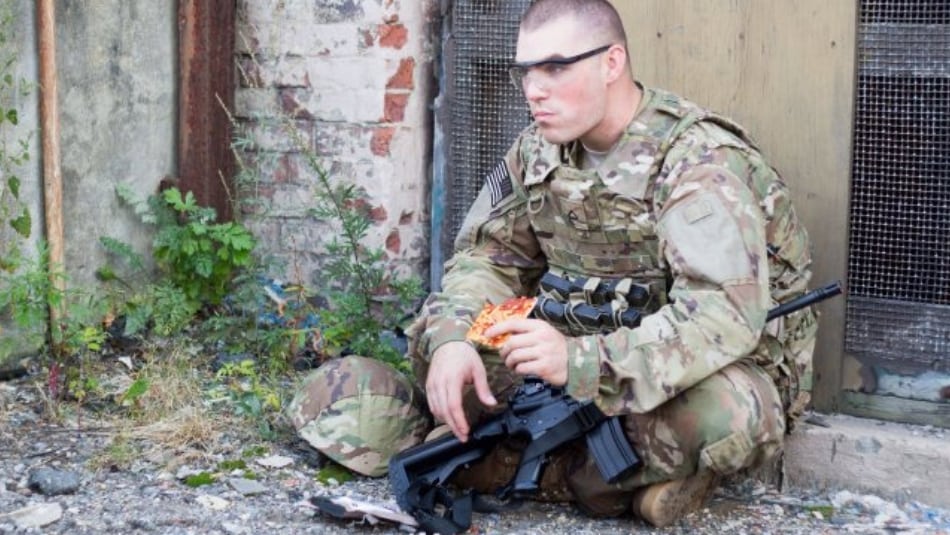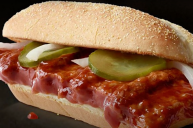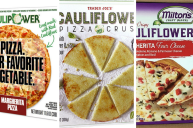Food is more than just caloric fuel for our bodies; it can have a psychological effect on people as well. In your home kitchen, it's easy to whip up comfort food or a favorite recipe, but when you're serving in the military far from home, comfort food can be a lot harder to come by.
Videos by Wide Open Country
Taking care of soldiers in the field is the mission of the Combat Feeding Directorate (CFD) of the U.S. Army Natick Soldier Research, Development, and Engineering Center in Natick, Massachusetts. That means finding ways to offer a little touch of home in standard military rations.
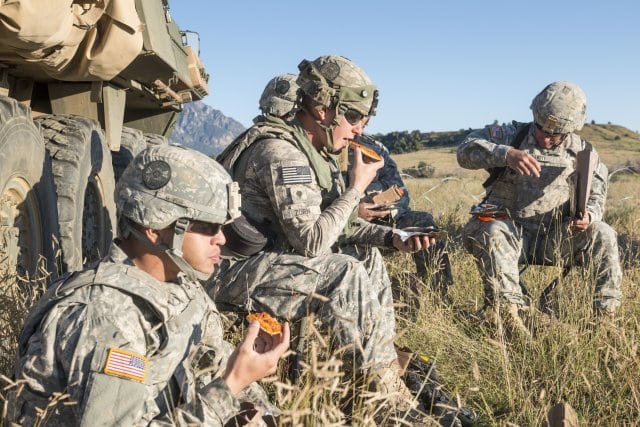
U.S. Army
MREs, or Meal, Ready to Eat, are designed to provide calories and nutrients to soldiers. MREs are also used to help feed people in natural disasters and can be used by remote backpackers and other outdoors enthusiasts looking to carry easy to eat food over long distances. They're also the subject of a lot of military humor (Meals Rejected by the Enemy, Meals Rejected by Everyone) because food that's required to have a three-year shelf life when stored in 80-degree temperatures isn't going to be a five-star meal by design.
In spite of taste not being the top priority, military food scientists do try to create MREs that military personnel will actually want to eat. The food may primarily be fuel for the body, but taste and texture matter both in getting people to eat food and for morale.
If we're talking about comfort food, what's the one kind of takeout that most people think of as the ultimate in the cross between comforting, easy, and tasty? It happens to be one particular food that soldiers have been requesting since the 1980s, but it's also the food that has eluded scientists until now.
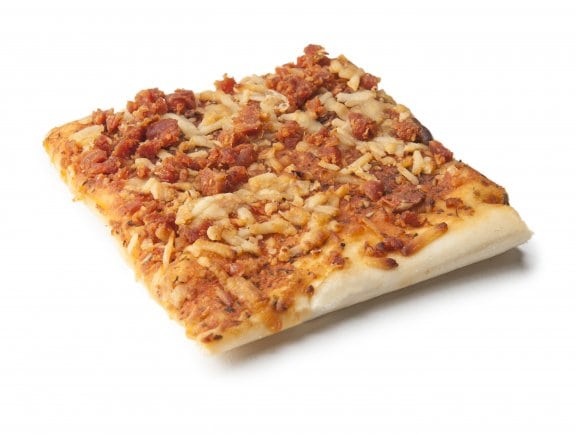
U.S. Army
Pizza MREs have been constantly on the request list for military food scientists, and who can argue with that? Pizza is our go-to for comfort food; just pick up the phone (or text an emoji) and get dinner.
However, pizza MREs have been tough to create because while each of the individual ingredients has been made shelf-stable before, getting them to combine in pizza form has been harder.
"The real trick is to get bread, sauce, cheese, and pepperoni inside of a pouch, happily together for at least three years," Jeremy Whitsitt, the Combat Feeding Directorate's deputy director, said in a news release. "With each of those individual components on their own, we can achieve the shelf life, but when you put them together -- chemistry happens. All these components are interacting. You have four very distinct food matrices all interacting with each other, which can cause some unwanted results. That's why developing a shelf-stable pizza has been so hard."
The Army has been working on pizza MREs since 2012 but had to work through the science of combining ingredients plus the process of mass producing an MRE pizza that maintained its quality. During a March 2017 test where CFD scientists simulated normal MRE storage conditions by putting the pizza in a 100-degree box for six months, the pizza turned brown. It was a quality problem, not a safety issue, and they solved it by adding rosemary extract that kept the tomato sauce from oxidizing.
"Were able to do a lot of things in the lab, but sometime when you scale up, working with a producer making these by the thousands, especially with a product that's never existed before and is not available in the commercial market, replicating the process and coming up with the same results is difficult. But we overcame challenges and we've got a good product now. And Soldiers will be seeing pizza pretty soon."
Right now, the pizza MREs only come with pepperoni pizza, but other flavors like plain cheese or vegetarian may be developed in the future once the Army gets more feedback on the pizza MREs. The meal does come with sides and dessert; it includes cherry/blueberry cobbler, cheese spread with cheddar and jalapeno cheese, Italian breadsticks, cookies, and chocolate protein powder mix.
The new MREs are ready to be shipped; since they are sent out as supplies are used up, most soldiers will start seeing them sometime in 2019.
